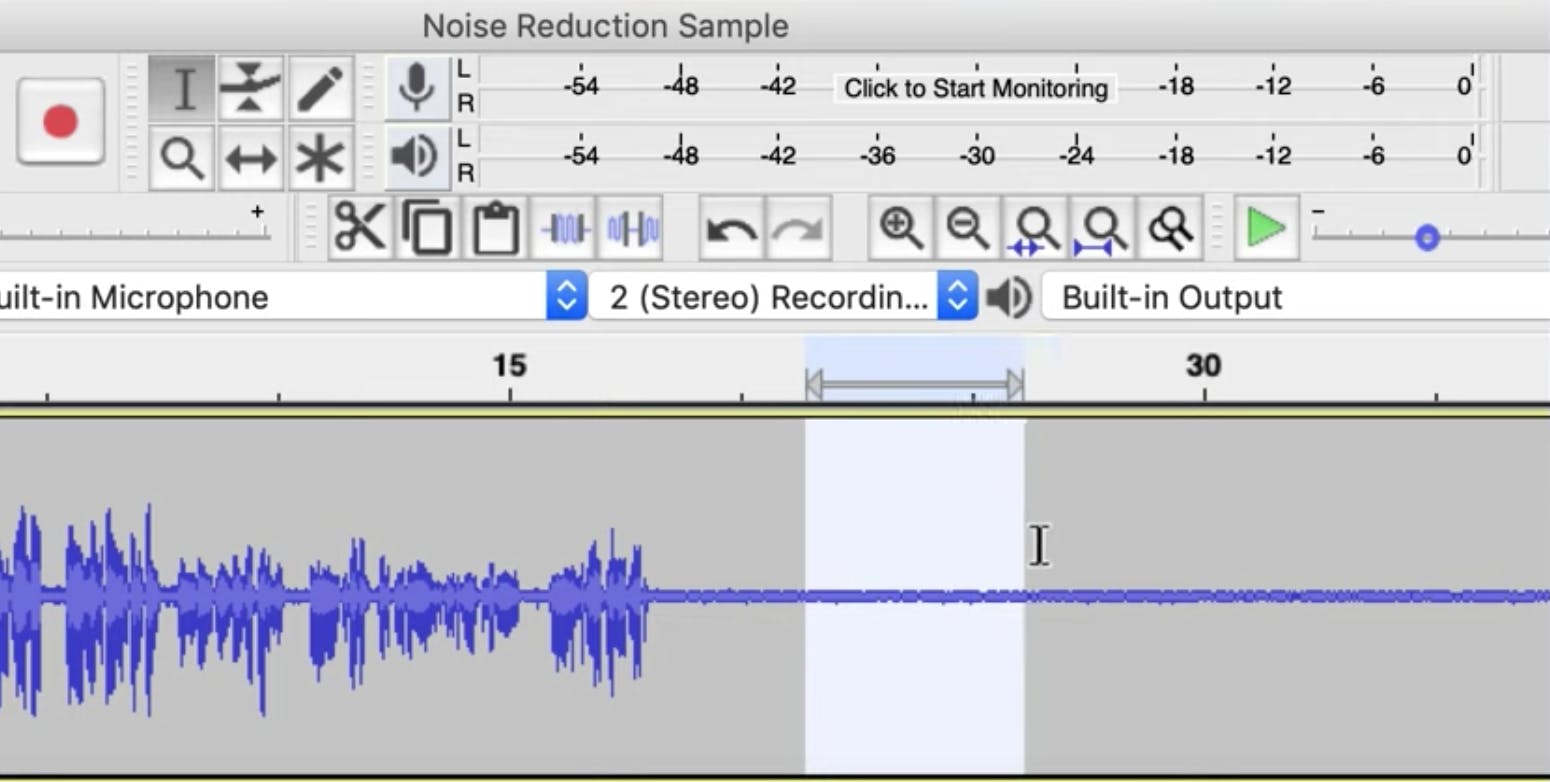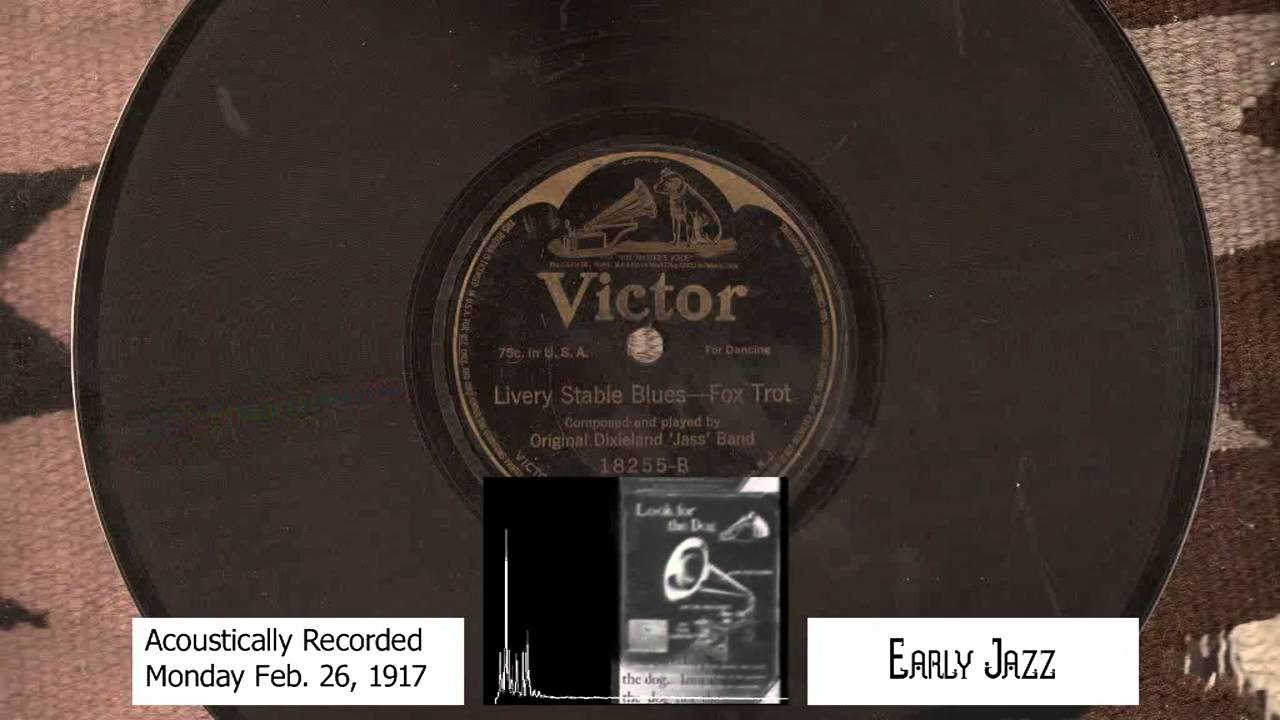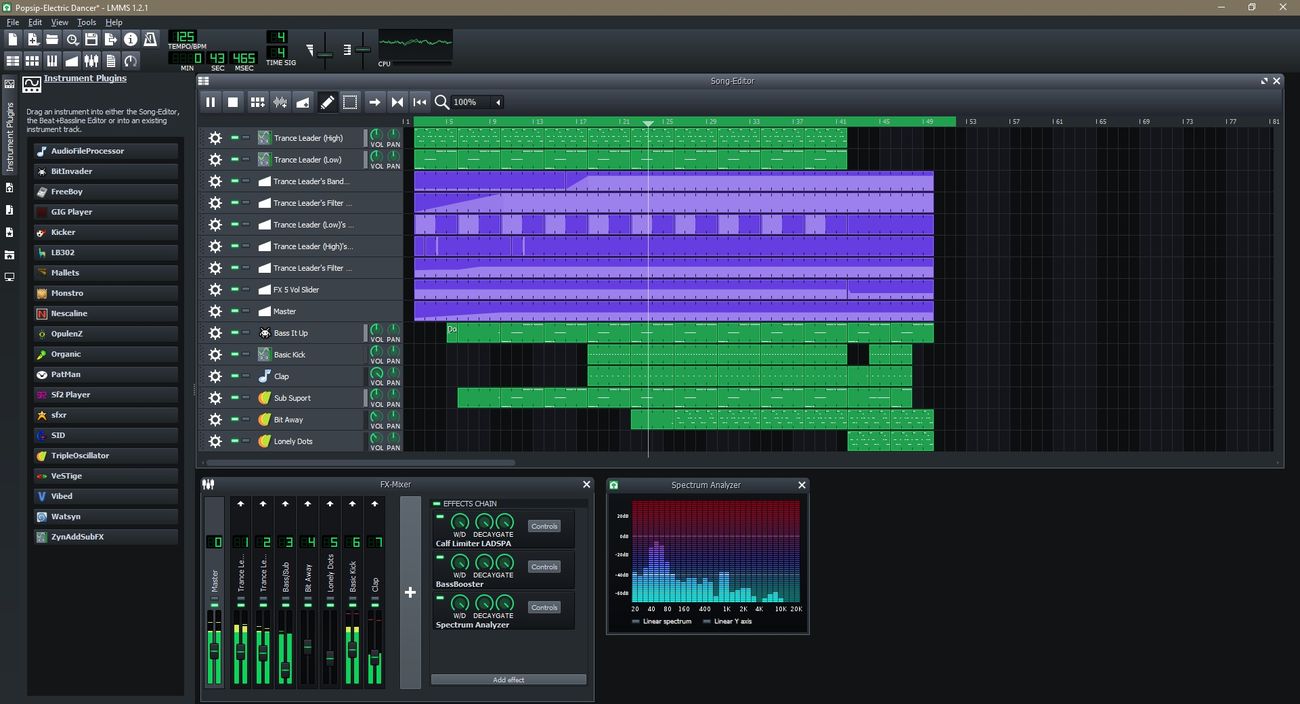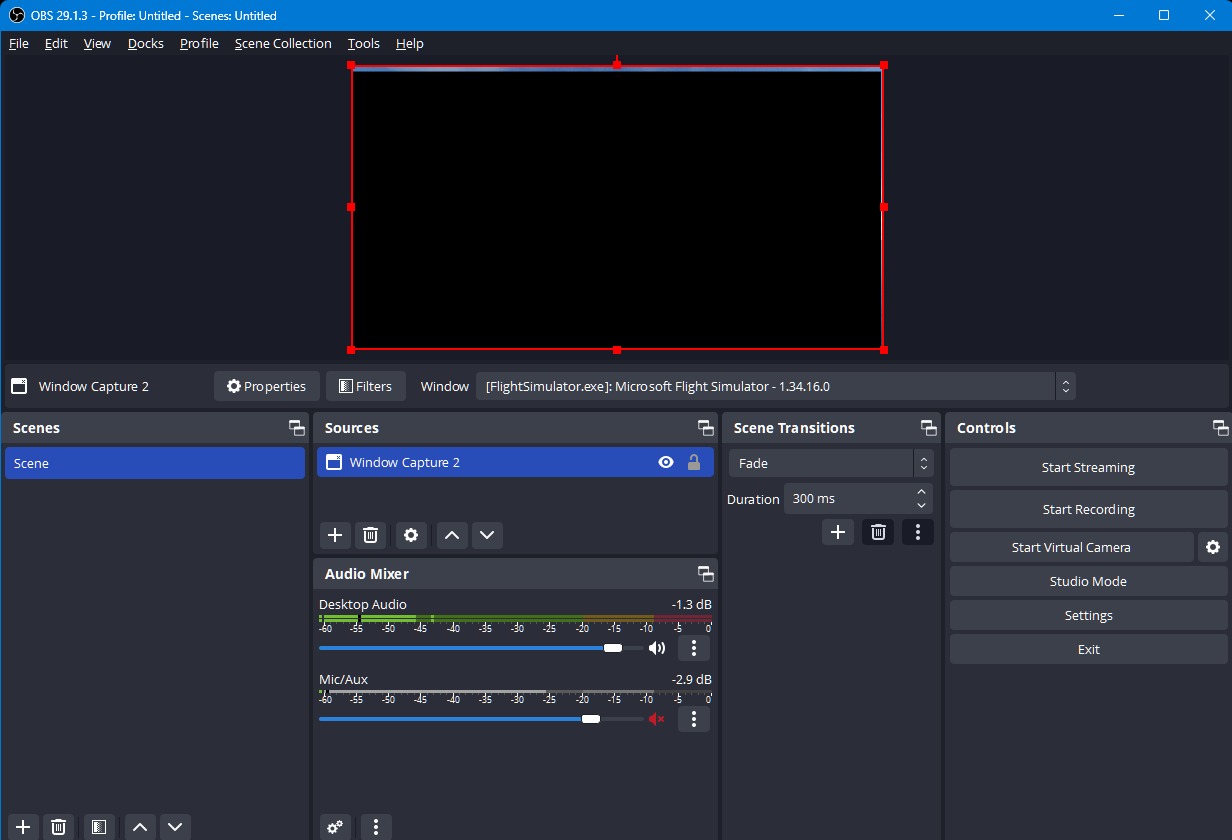Home>Production & Technology>MIDI>How To Add To MIDI Region When Recording


MIDI
How To Add To MIDI Region When Recording
Modified: March 9, 2024
Learn how to add to a MIDI region while recording in this comprehensive guide. Discover essential tips and techniques for working with MIDI.
(Many of the links in this article redirect to a specific reviewed product. Your purchase of these products through affiliate links helps to generate commission for AudioLover.com, at no extra cost. Learn more)
Table of Contents
Introduction
MIDI, which stands for Musical Instrument Digital Interface, revolutionized the way music is created, recorded, and produced. It allows musicians, producers, and enthusiasts to communicate musical ideas and instructions between various electronic instruments and devices. As a result, MIDI has become an integral part of modern music production, offering immense flexibility and creative possibilities.
In the realm of MIDI recording, the ability to add to MIDI regions during the recording process is a valuable skill that can significantly enhance the music creation workflow. Whether you are a seasoned producer or a budding musician, understanding how to seamlessly incorporate new musical elements into existing MIDI regions can elevate your compositions to new heights.
In this article, we will delve into the intricacies of MIDI regions and explore the techniques for adding to them during the recording phase. We will navigate through the steps and considerations involved in this process, shedding light on the tools and methods that empower musicians to capture their musical ideas with precision and finesse. Additionally, we will provide practical tips to optimize your workflow and maximize the potential of MIDI recording.
By the end of this article, you will have gained valuable insights into the art of expanding MIDI regions while recording, equipping you with the knowledge and skills to enrich your musical creations. So, let's embark on this journey to unravel the magic of MIDI recording and discover the art of adding to MIDI regions in a seamless and efficient manner.
Understanding MIDI Regions
MIDI regions are fundamental building blocks in digital music production, serving as containers for musical data that can be manipulated, edited, and arranged with precision and flexibility. In the context of MIDI recording, understanding the nature and functionality of MIDI regions is essential for capturing and organizing musical performances effectively.
A MIDI region encapsulates a specific segment of musical information, such as notes, velocities, and controller data, within a designated time range. This encapsulation allows for independent manipulation of the contained musical elements, enabling seamless editing and arrangement within a digital audio workstation (DAW).
When a musician performs on a MIDI-enabled instrument or controller, the resulting musical data is recorded into a MIDI region, effectively capturing the nuances and nuances of the performance. This data can include note-on and note-off events, pitch bend, modulation, sustain pedal, and other expressive articulations, providing a comprehensive representation of the musical performance.
In a DAW environment, MIDI regions can be visually represented as blocks or segments on a timeline, each containing a distinct musical passage. These regions can be moved, copied, resized, and quantized, offering unparalleled flexibility in shaping musical compositions.
Furthermore, MIDI regions can be layered, stacked, and overlapped to create intricate musical arrangements, allowing for the integration of multiple musical elements within a cohesive framework. This layering capability is particularly valuable in the context of multi-instrument compositions, enabling the seamless integration of diverse musical parts into a unified sonic tapestry.
Understanding the structure and behavior of MIDI regions empowers musicians and producers to manipulate and refine musical performances with precision and creativity. By gaining proficiency in working with MIDI regions, artists can unleash the full potential of MIDI recording, leveraging the versatility and adaptability of digital music production tools.
In the next sections, we will explore the techniques for adding to MIDI regions during the recording process, shedding light on the strategies and best practices for seamlessly integrating new musical elements into existing MIDI regions. This journey will provide valuable insights into the art of MIDI recording, equipping you with the knowledge and skills to elevate your musical compositions with finesse and artistry.
Adding to MIDI Region During Recording
Adding to MIDI regions during the recording process presents a dynamic and versatile approach to capturing musical performances with precision and creativity. This technique enables musicians to seamlessly integrate new musical elements into existing MIDI regions, fostering a fluid and expressive recording experience.
When recording MIDI performances, the ability to add to existing MIDI regions in real time empowers musicians to enrich their compositions with spontaneity and improvisation. This process involves capturing new musical data while seamlessly incorporating it into the ongoing MIDI region, preserving the continuity and flow of the performance.
In a digital audio workstation (DAW) environment, the process of adding to MIDI regions during recording typically involves engaging the recording mode while the MIDI region is active. As the musician performs, the newly generated MIDI data is seamlessly merged with the existing region, expanding its musical content in real time.
This real-time expansion of MIDI regions allows for the organic evolution of musical ideas, enabling performers to introduce variations, embellishments, and improvisations while maintaining a cohesive and integrated performance. It facilitates the capture of nuanced musical expressions, ensuring that the essence and vitality of the performance are faithfully preserved.
Furthermore, the ability to add to MIDI regions during recording empowers musicians to experiment with different musical motifs, melodies, and rhythmic variations within the context of a continuous performance. This fluid and iterative approach to musical creation fosters a sense of spontaneity and exploration, nurturing the emergence of unique and compelling musical expressions.
In practical terms, adding to MIDI regions during recording involves leveraging the DAW's recording capabilities in conjunction with MIDI controllers or instruments. By utilizing MIDI input devices, performers can interactively shape and expand MIDI regions in response to their musical intuition and creative impulses, fostering a sense of immediacy and connection with the music being created.
The seamless integration of new musical elements into existing MIDI regions during recording transcends traditional recording paradigms, offering a fluid and expressive approach to capturing musical performances. It embodies the essence of live musical expression within the digital realm, enabling musicians to infuse their recordings with vitality, emotion, and artistic spontaneity.
In the subsequent section, we will delve into practical tips and considerations for effectively adding to MIDI regions during the recording process, offering insights to optimize this technique and enhance the musical workflow. This exploration will equip you with valuable strategies to harness the full potential of real-time MIDI region expansion, empowering you to capture musical performances with finesse and artistry.
Tips for Adding to MIDI Region
-
Preparation and Visualization: Before embarking on a recording session with the intention of adding to MIDI regions, it is beneficial to visualize the musical ideas and variations that you aim to introduce. By mentally mapping out the potential embellishments, variations, and improvisational elements, you can approach the recording process with clarity and purpose. This preparatory step fosters a proactive mindset, enabling you to seamlessly integrate new musical elements into existing MIDI regions with intention and artistry.
-
Selective Recording: When adding to MIDI regions during recording, consider employing selective recording techniques to focus on specific musical passages or segments. By isolating targeted sections for expansion and refinement, you can direct your creative energy towards enhancing particular moments within the performance. This approach facilitates a nuanced and deliberate augmentation of MIDI regions, allowing for the precise integration of new musical content while maintaining the integrity of the original performance.
-
Dynamic Expression and Variation: Embrace the expressive potential of MIDI controllers and instruments to infuse your performances with dynamic expression and variation. Leveraging features such as velocity sensitivity, pitch modulation, and real-time parameter adjustments empowers you to introduce subtle nuances and embellishments to the MIDI regions as the performance unfolds. This dynamic approach adds depth and character to the recorded passages, enriching the musical narrative with organic and emotive qualities.
-
Real-Time Iteration and Experimentation: Embrace a spirit of real-time iteration and experimentation during the recording process, allowing yourself the freedom to explore diverse musical ideas and variations. By fostering a mindset of creative exploration, you can spontaneously introduce and integrate new musical elements into MIDI regions, embracing the serendipitous moments of inspiration that arise during live performances. This iterative approach cultivates a sense of musical discovery, fostering the emergence of compelling and original musical expressions.
-
Quantization and Editing: Following the recording phase, leverage the quantization and editing capabilities of your DAW to refine and polish the newly added musical elements within the MIDI regions. By aligning the timing and rhythmic precision of the added content, you can ensure a seamless integration with the existing performance, enhancing the overall coherence and fluidity of the composition. This meticulous attention to detail elevates the quality and professionalism of the recorded material, refining the musical gestures and articulations to perfection.
-
Collaborative Exploration: If collaborating with other musicians or producers, consider engaging in collaborative exploration during the process of adding to MIDI regions. Embrace the collective creativity and input of collaborators, inviting them to contribute new musical elements and ideas to the evolving MIDI regions. This collaborative synergy can yield unexpected and inspiring results, enriching the musical tapestry with diverse perspectives and artistic contributions.
By embracing these tips and strategies, you can elevate your MIDI recording workflow, harnessing the power of real-time MIDI region expansion to capture musical performances with finesse and creativity. These insights empower you to navigate the recording process with confidence and artistry, enabling you to seamlessly integrate new musical elements into existing MIDI regions while nurturing the spontaneity and expressiveness of live musical expression.
Conclusion
In the realm of MIDI recording, the ability to add to MIDI regions during the recording process is a testament to the dynamic and expressive nature of digital music production. This technique empowers musicians to infuse their performances with spontaneity, creativity, and nuanced musical expressions, fostering a sense of live musical interaction within the digital domain.
By gaining a deep understanding of MIDI regions and the techniques for expanding them in real time, musicians and producers can unlock a world of creative possibilities. The seamless integration of new musical elements into existing MIDI regions during recording transcends traditional recording paradigms, offering a fluid and expressive approach to capturing musical performances.
As we navigate the landscape of MIDI recording, it becomes evident that the art of adding to MIDI regions embodies the essence of musical spontaneity and improvisation. It enables performers to embrace the fluidity of live musical expression, allowing for the organic evolution and augmentation of musical ideas within a cohesive performance framework.
Furthermore, the tips and strategies provided offer valuable insights into optimizing the process of adding to MIDI regions, empowering musicians to approach recording sessions with intention, creativity, and technical finesse. By embracing selective recording, dynamic expression, and collaborative exploration, artists can elevate their MIDI recording workflow, fostering a sense of musical discovery and artistic refinement.
In essence, the art of adding to MIDI regions during recording encapsulates the essence of musical storytelling and expressive communication. It enables musicians to weave intricate narratives and emotive gestures within their performances, capturing the nuances and subtleties that define compelling musical expressions.
As you embark on your journey of MIDI recording and musical creation, may the knowledge and insights gained from this exploration serve as a guiding light, empowering you to embrace the art of adding to MIDI regions with confidence, creativity, and a deep appreciation for the boundless potential of digital music production. Embrace the spontaneity, celebrate the creativity, and let your musical expressions resonate with the vibrant energy of live performance, captured within the timeless embrace of MIDI regions.











